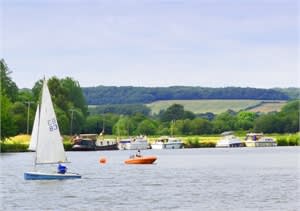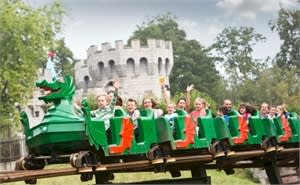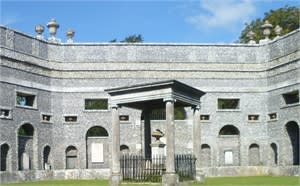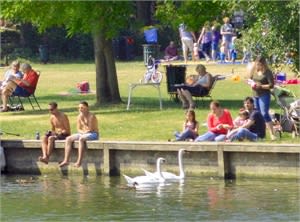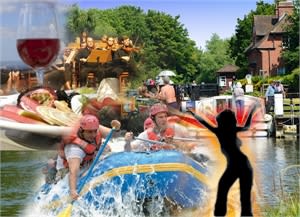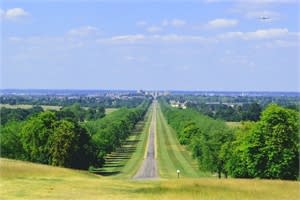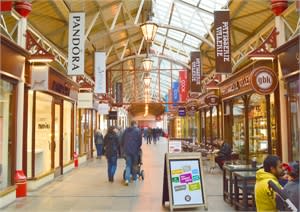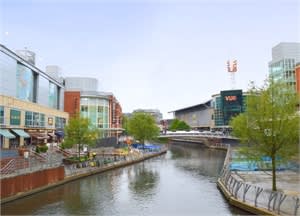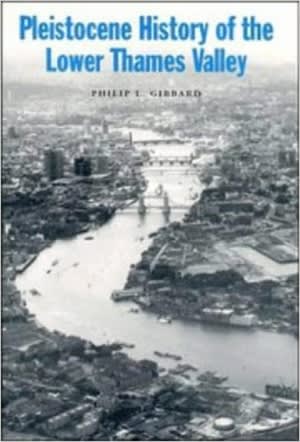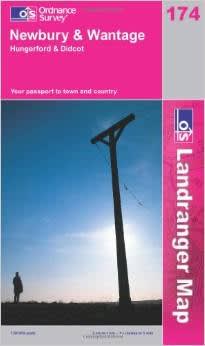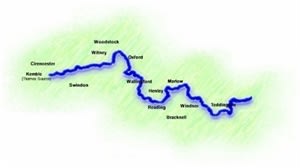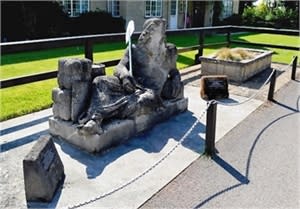-
How to get there
From junction 15 on the M4 take the A419 towards Swindon and then the A420 to Oxford. Faringdon is off the road to the north.
-
Further Information
Faringdon Website: http://www.faringdon.org/
Faringdon: a historic town in the Cotswolds
Situated north of the Ridgeway, Faringdon dates back to the Domesday book and is steeped in history. In 1203 Faringdon Abbey was founded and later the town featured prominently in the English Civil War, ending up economically and physically ruined. In the 18th century, the town became an important staging post for Cotswold travellers, and together with thriving markets, they brought prosperity back to the town.

What To Do And See
Amongst other points of interest, Faringdon offers the following noteworthy buildings:
The Folly Tower, just outside of Faringdon, was built by Gerald Tyrwhitt Wilson in the 1930s and is said to be the last Folly built in England. The brick built tower is just over 100 feet high, and has 154 stairs to the top. From December to March, the Folly lights come into action when the tower is turned into a spectacle of colour which differs from year to year. See Walks - Folly Tower for how to get there.
The Church of England parish church of All Saints may date from the 12th century, and the clerestory and possibly the west end of the nave survive from this period.
Faringdon House is notable for the practice of dying pigeons a custom originally started by the eccentric Lord Berners.
The Old Town Hall in the Market Place dates from the late 17th or early 18th century and was formerly the Market Hall.
Shopping
Faringdon combines the quaint English small-town flair with a variety of shops, including a delicatessen, a baker, gift shops, jewellers, butchers, flowers, a piano shop and several places to eat or drink.
The weekly market is every Tuesday morning, and the Farmers' market is on the 1st Tuesday of the month.
Interesting Tidbits
During the Second World War the Home Guard used Faringdon Folly as an observation post.
Since 2004, Faringdon has held an annual arts festival over one weekend in early July. The same year, Faringdon was granted the status "Fairtrade Town", becoming the first Fairtrade Town in the South East of England
Faringdon is home to the famous Faringdon Sponge Gravel, a Cretaceous rock which formed around 115 million years ago, when the area was submerged under the sea. It consists of spectacular fossils and fossil fragments embedded in a sandy matrix. The fossils are mostly from sponges, but some others are also common, such as shellfish and sea urchin. The Sponge Gravel makes excellent building sand and is used for gravel paths.
Surrounding Area
Faringdon is surrounded by areas of interest from Buscot lock to Radcot bridge on the Thames. It is an ideal location for long countryside walks, and for exploring the western parts of the Thames Valley. Many attractions such as manor houses are only a few miles away.
A short drive away lies Lechlade, a small market town set in an area of outstanding natural beauty. It is on the edge of the Cotswold Water Parks, which are perfect for water sports and walking.
General Information




























